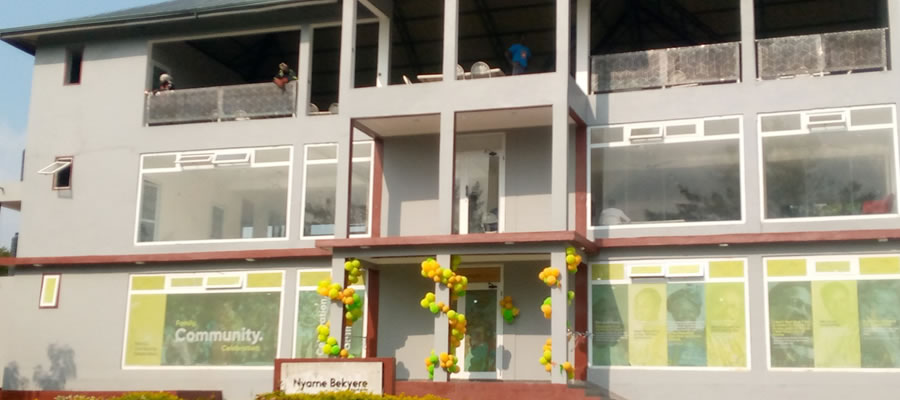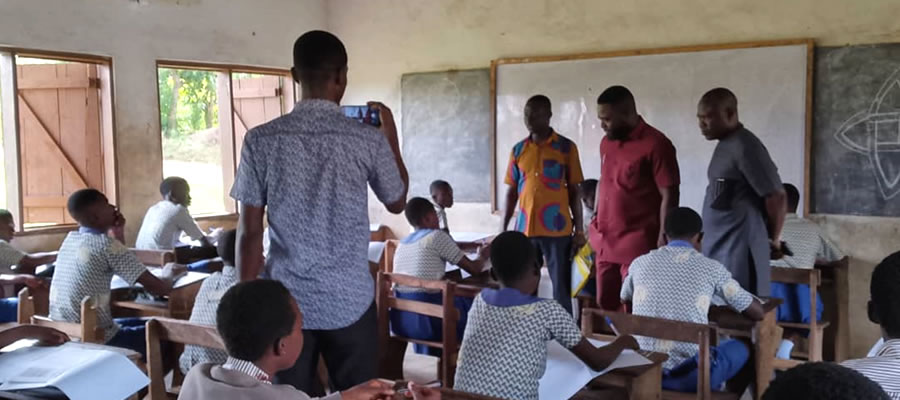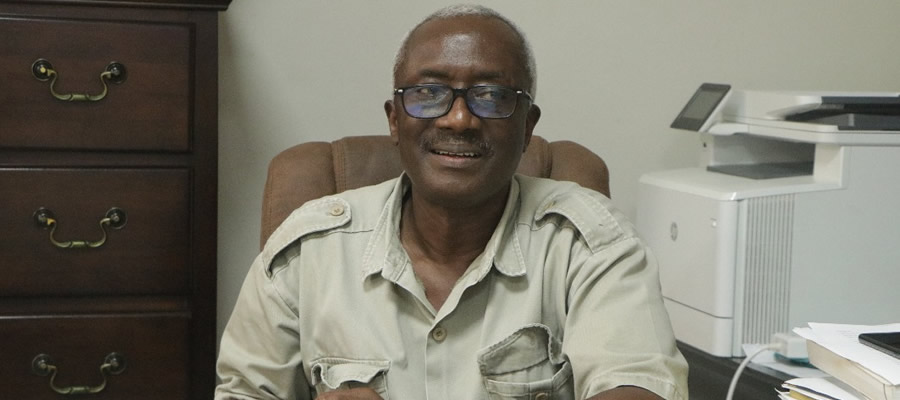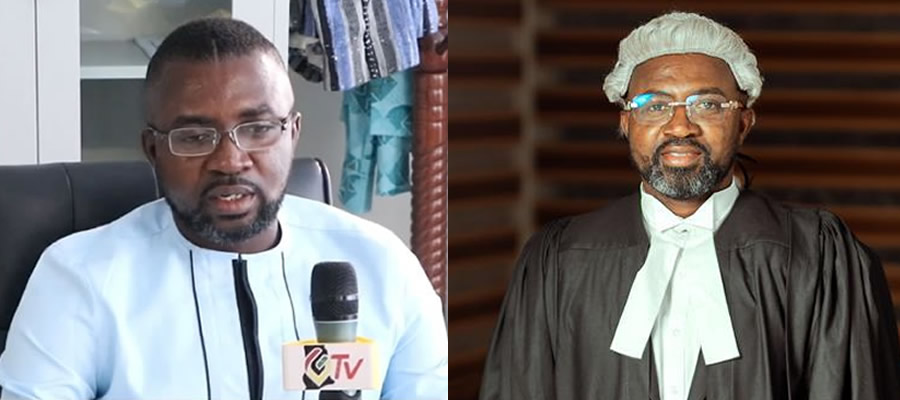

Poverty, Inequality and Social Protection
It is estimated that the Municipality has 37% of its population are between the ages of 0-14 year and 9% being aged. This means the Municipality has a lot of children and the aged who are dependents. Some of these children are vulnerable because of the Municipality’s high birth rate and inadequate parental control and responsiveness. Cases of children abandonment and abuse, defilement, rape, paternity, juveniles in conflict with the law, teenage pregnancy, child delinquency and children with HIV/AIDS are the issues most often reported. Table 1.28 below shows a total of 34 cases of abuse reported from 2014 to 2017.
The Social Welfare and Community Development Department of the Assembly deals with these issues when they come to their notice. In addition, the department organizes programmes such as the community sensitization on social welfare issues, regular home visits, provision of educational and medical supports to Orphans and vulnerable children, supervision of juvenile to serve their sentences among others to address these problems.
It is also estimated that about 40% of the economically active population in the Municipality are unemployed. This population is considered to be vulnerable because of their inability to live a decent life. They are usually lured into some social vices such as robbery / stealing, prostitution, gambling and among others. This has led to increase in incidence of robbery in recent times. It therefore implies that investors investment are at risk, life and properties are insecure, The Municipal Assembly has therefore put up strategies for jobs creation in the areas of formalized agriculture, agri-businesses, industrialization (both large and small scale industries ie Kwamoso industrial enclave), real estate development, aqua-culture, tourism, incubation centers, etc to bridge the unemployment gap and in effect creating a self-sustaining resilient local economy.
Vulnerability Analysis
In the Akuapem North Municipality, the vulnerable and excluded identified are the disabled, aged, orphans and vulnerable children, people living with HIV/AIDS, female householders, the homeless or squatters, unemployed, people living in flood areas and people with low income like peasant farmers, rural women. Peasant farmers are the most vulnerable of all farmers especially the majority who depend on rain fed Agric. This situation, coupled with the increasing loss of farm lands, high cost of farm inputs, inadequate agriculture extension services and lack of storage facilities represents dominant shocks that affect incomes, availability of food and wealth accumulation.
The Disabled
Persons with Disability (PWD) would usually not engage in social activities which may require those parts of the body which are disabled. The well-being, social, physique, emotional and psychology of the PWD is affected by disability. Disability therefore constraints the movement of the PWD and reduces their interactions with others, eventually resulting in social exclusion and isolation. There are few Institutions that meet the needs of the PWD, such as the Municipal Assembly and the Social Welfare Unit, School for the Blind in Akropong and School for the Deaf in Mampong. Data on population with disability shows that the Municipality has 3.0% of its population as disabled. The types and forms of disability found in the Municipality are sight (29.0%), hearing (10.0%), speech (8.0%) and physical (27.0%). The rest are intellect (9.0%), emotion (9.0%) and others form (8.0%).
Date Created : 11/23/2017 1:56:05 AM













 facebook
facebook
 twitter
twitter
 Youtube
Youtube
 +233 593 831 280
+233 593 831 280 0800 430 430
0800 430 430 GPS: GE-231-4383
GPS: GE-231-4383 info@ghanadistricts.com
info@ghanadistricts.com Box GP1044, Accra, Ghana
Box GP1044, Accra, Ghana